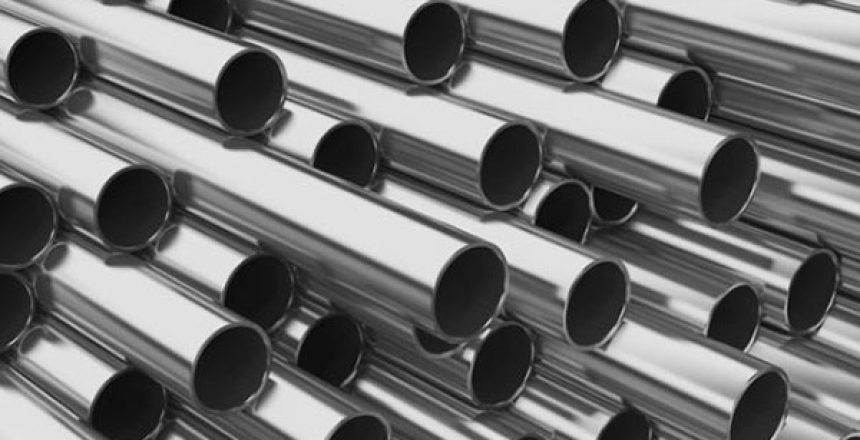Alloy 2205 Duplex Stainless Steel: A Balanced Solution for Strength and Corrosion Resistance
In industries where strength, corrosion resistance, and long-term durability are non-negotiable, Alloy 2205 Duplex Stainless Steel has emerged as a go-to material. Offering the perfect balance between austenitic and ferritic stainless steel properties, Alloy 2205 is widely used across marine, oil and gas, chemical processing, and structural applications.
What is Alloy 2205 Duplex Steel?
Alloy 2205 (UNS S32205/S31803) is a nitrogen-enhanced duplex stainless steel composed of roughly equal parts austenite and ferrite in its microstructure. This dual-phase structure gives it superior strength and resistance to stress corrosion cracking (SCC), especially in chloride-rich environments
It combines the benefits of:
• Austenitic stainless steels (good corrosion resistance, toughness, and weldability)
• Ferritic stainless steels (high strength and resistance to stress corrosion cracking)
Chemical Composition (Typical):
Chromium: 21 – 23%
Nickel: 4.5 – 6.5%
Molybdenum: 2.5 – 3.5%
Nitrogen: 0.14 – 0.20%
Manganese, Silicon, and Iron (Balance)
This well-balanced composition enhances its pitting and crevice corrosion resistance, particularly in aggressive and saltwater environments.
Key Features of Alloy 2205
Excellent Corrosion Resistance
Alloy 2205 offers remarkable resistance to a wide range of corrosive environments. It performs exceptionally well in:
• Seawater applications
• Acidic environments
• Chloride-rich conditions
Its PREN (Pitting Resistance Equivalent Number) ranges between 34–38, making it significantly more corrosion-resistant than 304L or 316L stainless steel.
High Strength
Alloy 2205 provides twice the yield strength of austenitic grades, enabling thinner section designs for pressure vessels and piping—without compromising structural integrity.
Good Weldability & Fabrication
With proper procedures, Alloy 2205 can be welded and fabricated effectively. It resists hot cracking and can be machined using standard tooling, although slower speeds and rigid tooling setups are recommended due to its hardness.
Thermal Conductivity and Stability
Alloy 2205 exhibits better thermal conductivity and a lower coefficient of thermal expansion than most austenitic grades, making it ideal for heat exchangers and pressure equipment.
Applications of Alloy 2205 Duplex Stainless Steel
Because of its outstanding strength and corrosion resistance, Alloy 2205 is used in:
• Marine Industry: Propeller shafts, seawater piping, and boat hulls
• Oil & Gas: Subsea pipelines, pressure vessels, and storage tanks
• Chemical Processing: Reactors, heat exchangers, and mixers exposed to
aggressive chemicals
• Desalination Plants: Brine piping, evaporators, and condensers
• Structural Components: Bridges, support beams, and load-bearing
infrastructure
• Pulp & Paper Industry: Digesters, bleach plants, and paper machines
Advantages of Using Alloy 2205
• Longer Service Life: With high resistance to localized corrosion and
stress corrosion cracking, Alloy 2205 offers longer operational life in aggressive
environments.
• Weight Reduction:
Its high strength allows for lighter, thinner components—reducing material usage and
transportation costs.
• Improved Safety: Excellent toughness and ductility minimize failure
risks under high pressure or temperature.
• Sustainability: Duplex steel is fully recyclable and environmentally
friendly, supporting green initiatives across industries.
Considerations When Using Alloy 2205
While Alloy 2205 performs excellently, users should note:
• It requires controlled heat input during welding to prevent phase imbalance.
• Stress-relieving or post-weld heat treatment may be necessary for thick sections.
• Machining should be done with sharp tools and slower speeds due to its strength and work-hardening behavior.
Conclusion
Alloy 2205 Duplex Stainless Steel stands out as a versatile, cost-effective material that offers superior corrosion resistance, enhanced strength, and excellent fatigue resistance. It bridges the gap between austenitic and ferritic steels, making it ideal for industries that demand reliability in harsh environments.
Whether you're designing offshore equipment, constructing desalination plants, or building chemical process systems, Alloy 2205 offers unmatched performance that improves safety, efficiency, and lifespan.


